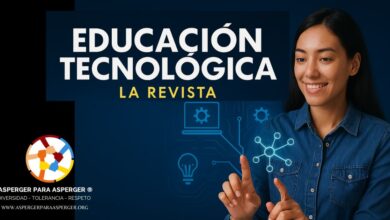How to Develop Critical Thinking in the Information Age
Introduction
In today’s era, where information flows steadily and massively through multiple digital channels, the development of critical thinking has become a fundamental necessity. Students are confronted daily with an unprecedented volume of data, news, and content that require careful evaluation and in-depth analysis (Vallejo Echeverria et al., 2024).
The digital transformation of education, especially accelerated by recent events such as the pandemic, has changed the way we process and analyze information. This new educational reality demands specific tools and strategies to develop effective critical thinking (Dueñas Vallejos, 2023).
Critical thinking involves the ability to conceptualize, apply, synthesize, and evaluate the information we receive from different sources, whether through direct observation, personal experience, reasoning, or communication with others (Vera Rivera & Guzmán Pinzón, 2021).
Critical thinking training should integrate elements such as effective communication, collaborative work, autonomous learning, and logical reasoning. These components are essential for developing the capacity for analysis and informed decision-making (Mendoza et al., 2024).
In this context, it is essential to understand how we can strengthen these skills systematically and effectively, considering both the challenges and opportunities presented by the current digital environment. This paper will explore the most effective strategies, tools, and methods for developing critical thinking in the information age.
This content is exclusive to subscribed members. However, by registering here, you can gain free access to 3 articles.
Please log in if you already have an account or subscribe now to gain full access.


